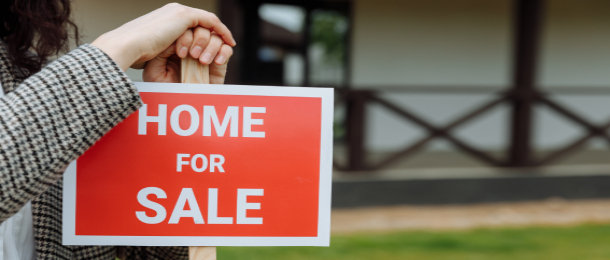Residential property prices are likely to fall by up to 20 per cent in the next 12 months, driven by key economic factors not seen in past downturns, according to a leading economist.
AMP head of investment strategy and chief economist Dr Shane Oliver noted there were three factors that made the current property downturn different to those seen in the past 25 years.
“First, home price to income ratios are now very high, which will limit their upside, unlike 30 years ago. Increased community concern about affordability may also limit upside,” Oliver said.
“Similarly, household debt to income ratios are now very high – with less scope for a further increase – and in recent times there has been an increasing focus from bank regulators on limiting high debt to income ratio lending.
“Finally, the 32-year falling trend in mortgage rates from 17 per cent in 1989 to 2 per cent, which enabled new buyers to borrow and pay more for property and drove strong investor ‘search for yield’ demand, is likely over.”
He added inflation was now a global issue and a return to low cash and fixed interest rates was unlikely, and the long-term upward trend in property prices from the 1990s was over.
The bull market in property prices was driven by a shift from low to high home prices relative to incomes and a similar shift in household debt relative to incomes during a long period of low interest rates, he said.
“These are likely to have run their course. We may now be seeing both a cyclical slump in property prices and a weakening in the long-term trend in property prices of the last 25 years or so. Together these point to a deeper fall in prices and a slower recovery through this cycle,” he noted.
As a result of these changes, he predicted national average property prices will fall further in the next year, driven by increased listings in spring and the expiry of fixed rate loans, which may cause more distressed sales.
“Assuming the cash rate tops out around 2.6 per cent early next year, then average prices are likely to fall 15 to 20 per cent top to bottom, of which we have so far seen 3.5 per cent, with the low likely being reached in the second half of next year after interest rates peak and start to fall back,” he said.
“However, for the reasons noted above the recovery in prices is likely to be slower than seen in past cycles.”
The outlook for the property sector and the economy more broadly will be discussed further at the smstrusteenews SMSF Trustee Empowerment Day 2022 to be held on 15 September in Sydney. To register, visit https://smstrusteenews.com.au/events/smsf-trustee-empowerment-day-2022/.
''

